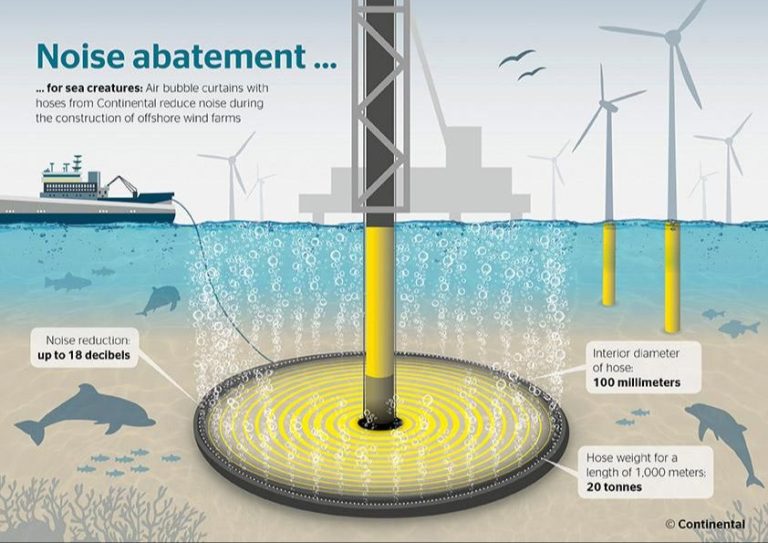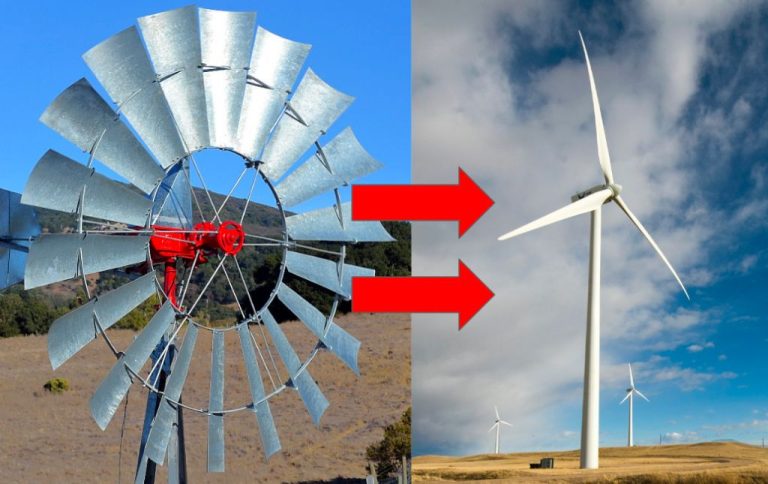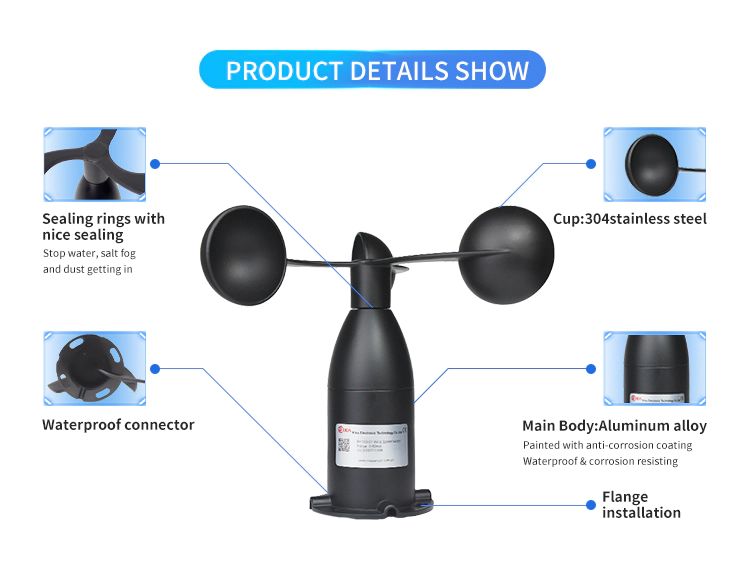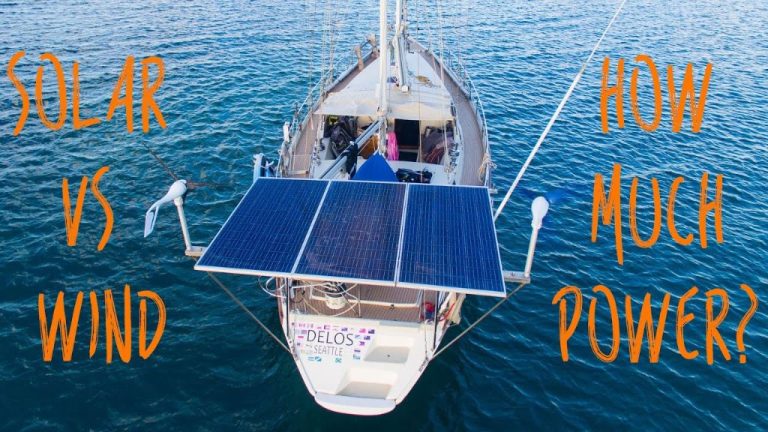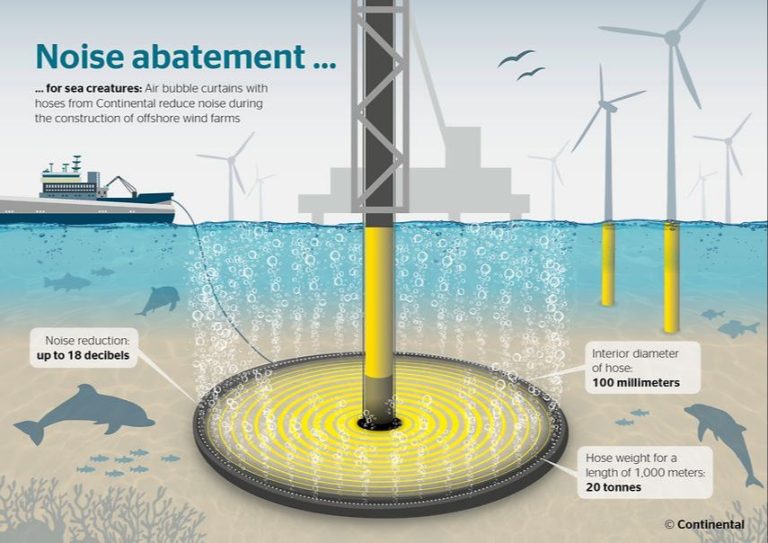Is Wind The Most Efficient Renewable Energy?
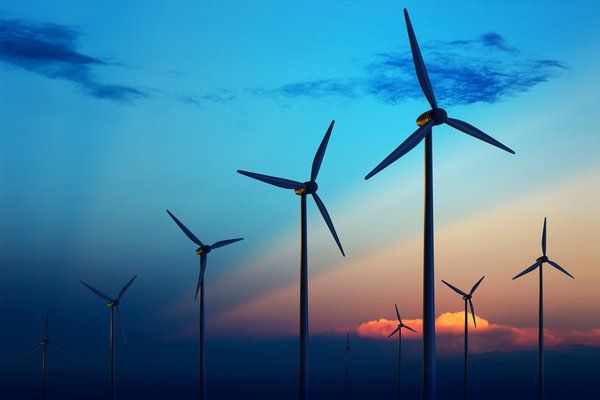
Renewable energy sources such as wind, solar, hydropower, geothermal, biomass and ocean energy are becoming increasingly important in the world’s energy mix today. Generating energy from renewable sources provides many benefits compared to fossil fuels, including producing no greenhouse gas emissions, reducing air pollution, and diversifying energy supply for greater grid resilience and energy security (EPA). Renewable energy is also replenished constantly and available in abundance everywhere, making it a cleaner and more sustainable energy source compared to finite fossil fuels (UN). As renewable energy technology advances and costs continue to fall, utilizing renewable sources is becoming more affordable and vital for building a low-carbon future while meeting the world’s growing energy demands.
Defining Efficiency
When evaluating the efficiency of renewable energy sources, there are several key metrics to consider:
Capacity factor refers to the actual power output over a period of time compared to the maximum possible output if the system operated at full capacity continuously. According to the U.S. Energy Information Administration, in 2021 the average capacity factors were 41.5% for wind power, 24.5% for solar PV, and 56% for hydropower. Higher capacity factors indicate more efficient energy production. 1
Land use efficiency compares energy production to the land area required. Wind power and solar PV require more land area per megawatt generated compared to natural gas or coal. However, capacity factors also determine overall efficiency. According to the National Renewable Energy Laboratory, wind power generates an average of 3 W/m2 and solar PV generates about 5-10 W/m2, but fossil fuels can generate over 1000 W/m2. 2
Lifecycle greenhouse gas emissions measure the total emissions including manufacturing, construction, operation, and decommissioning. Hydropower emits fewer greenhouse gases than wind or solar. Wind and nuclear have the lowest lifecycle emissions among non-hydro sources.
Cost per kilowatt hour over the system lifetime factors in upfront capital costs, fuel costs, operating costs, capacity factors, and more. Geothermal and hydropower are among the lowest, while offshore wind remains more expensive.
Overall, weighing these different efficiency factors involves tradeoffs. No single renewable energy source maximizes every efficiency metric.
Wind Power
Wind power capacity in the United States has seen rapid growth over the past two decades. According to the American Clean Power Association, total installed wind capacity reached 132,938 MW by the end of 2021, generating over 9% of U.S. electricity supply (U.S. Installed and Potential Wind Power Capacity and Generation). The U.S. Department of Energy reports that wind power capacity grew at a rate of 9% in 2020, and projects continued strong growth driven by declining costs and state renewable goals (U.S. Department of Energy Projects Strong Growth in U.S. Wind Power Sector).
Texas leads the U.S. with over 33,000 MW of installed wind capacity, followed by Iowa, Oklahoma, Kansas, and California. The Roscoe Wind Farm in Texas is currently the country’s largest at 781.5 MW (Wind power in the United States). Offshore wind is also expanding, with the first commercial offshore wind farm coming online in 2016 near Block Island, Rhode Island. Though offshore capacity is still small, states like New Jersey, New York, and Massachusetts have set ambitious offshore wind targets for the coming decade.
Solar Power
Solar power capacity in the United States has seen rapid growth in recent years. As of January 2023, there was 73.5 gigawatts (GW) of utility-scale solar capacity operating in the U.S., accounting for about 6% of total U.S. electricity generation capacity [1]. In 2016 alone, 14,626 MW of solar photovoltaics (PV) was installed, representing a 95% increase over the 7,493 MW installed in 2015 [2]. The U.S. solar market added 6.5 GW of new capacity in Q3 2023, a 35% increase year-over-year. 22 states each added over 100 MW of new solar capacity in 2016.
Hydropower
According to the EIA, in 2022, the total U.S. conventional hydroelectricity net summer generation capacity was about 79,980 megawatts (MW) [1]. This accounts for approximately 80 million kilowatts of energy production capacity from hydroelectric dams across the country. The potential for further growth exists, as the Department of Energy estimates there is over 12,000 MW of potential hydroelectricity capacity from utilizing existing dams and infrastructure [2]. However, environmental concerns and suitable site limitations constrain building new large-scale hydroelectric dams. Most suitable dam locations have already been utilized, so increasing capacity requires upgrading turbines and generators at existing dams.
Geothermal Power
The U.S. has seen growth in geothermal energy production, with 3,676 MW of installed geothermal capacity as of 2019. However, geothermal still only accounts for 0.4% of total U.S. utility-scale electricity generation. Geothermal power is limited by location, as power plants need to be built near geothermal reservoirs with ideal temperatures and geological conditions. While geothermal energy is considered renewable and sustainable, areas with geothermal potential are finite. The western states, Alaska, and Hawaii have the most potential for new geothermal power plants in the U.S.
Biomass
Biomass energy comes from organic materials like plants, wood, agricultural waste, and garbage. It is considered a renewable energy source because the materials can be replaced quickly by planting more trees or crops [1]. When burned, biomass releases the carbon dioxide that plants absorb, making it close to carbon neutral. However, burning biomass does produce air pollution like particulate matter, carbon monoxide, volatile organic compounds, and nitrogen oxides [2]. Methods like gasification can reduce pollution, but increase costs. Overall, biomass provides reliable renewable electricity and reduces landfill waste, but requires careful management to limit impacts on air quality.
Ocean Energy
Ocean energy refers to the generation of electricity from the ocean’s tides, waves, currents, temperature differences, and salinity gradients. While ocean energy is renewable and abundant, it remains a nascent industry with just 524 MW of installed capacity globally as of 2022. The two main forms of ocean energy are tidal and wave power.
Tidal power harnesses the rise and fall of ocean tides to generate electricity. Tidal power stations are often built near estuaries, where tidal ranges are highest. However, tidal power contributes just 96% of installed ocean energy capacity, with only two major tidal barrage facilities currently operating globally.
Wave power devices extract energy from waves at the ocean’s surface and convert it into electricity. But wave power has struggled to take off commercially given challenges around technology durability and high costs in harsh ocean environments. Still, wave power capacity reached about 15 MW globally in 2022. While tidal range facilities provide consistent power, wave energy fluctuates based on weather and sea conditions.
Overall, ocean energy is currently one of the least utilized renewable electricity sources globally due to its nascency. But continued technology improvements and cost declines could boost adoption going forward.
Comparing Efficiency
When comparing the efficiency of renewable energy sources, an important metric to analyze is the capacity factor. The capacity factor measures the ratio of the actual power output of a plant compared to its maximum possible output if it were operating at full capacity 100% of the time (Energy.gov, 2022).
Among renewable sources in the US, geothermal has the highest capacity factor at 74.3%, followed by hydroelectric at 38.2%, wind at 34.8%, biomass at 33.5%, and solar PV at 24.5% (Statista, 2022). This indicates geothermal and hydroelectric plants generate electricity more consistently than wind, solar, and biomass.
In addition to capacity factors, the land use requirements of each source should be considered when comparing efficiency. Wind power requires large amounts of land for turbine spacing, while solar PV is very land intensive. Hydroelectric dams also flood large areas. In contrast, geothermal and biomass use relatively smaller land areas (Energy.gov, 2020).
Overall, geothermal appears to be the most efficient renewable source based on high capacity factors and low land requirements. Hydroelectric and wind are reasonably efficient as well. Solar PV and biomass are currently less efficient renewables but have potential to improve with advancing technologies.
Conclusion
Based on the efficiency metrics and growth potential examined, wind power emerges as the most efficient renewable energy source overall. Wind has the highest capacity factor of any renewable energy source, often generating over 50% of its maximum theoretical output. The capacity factor for wind farms continues to increase with larger and more advanced turbines. According to the sources analyzed, wind, geothermal, and hydroelectric energy have the highest efficiency ratings among renewables. However, wind energy has more growth potential and scalability than geothermal and hydroelectric which have geographical limitations. Wind power is rapidly expanding worldwide and has the potential to provide over 20% of global electricity by 2030. With the emergence of larger offshore wind farms and continued technology improvements, wind energy is poised to remain the most efficient and reliable renewable energy source well into the future.

